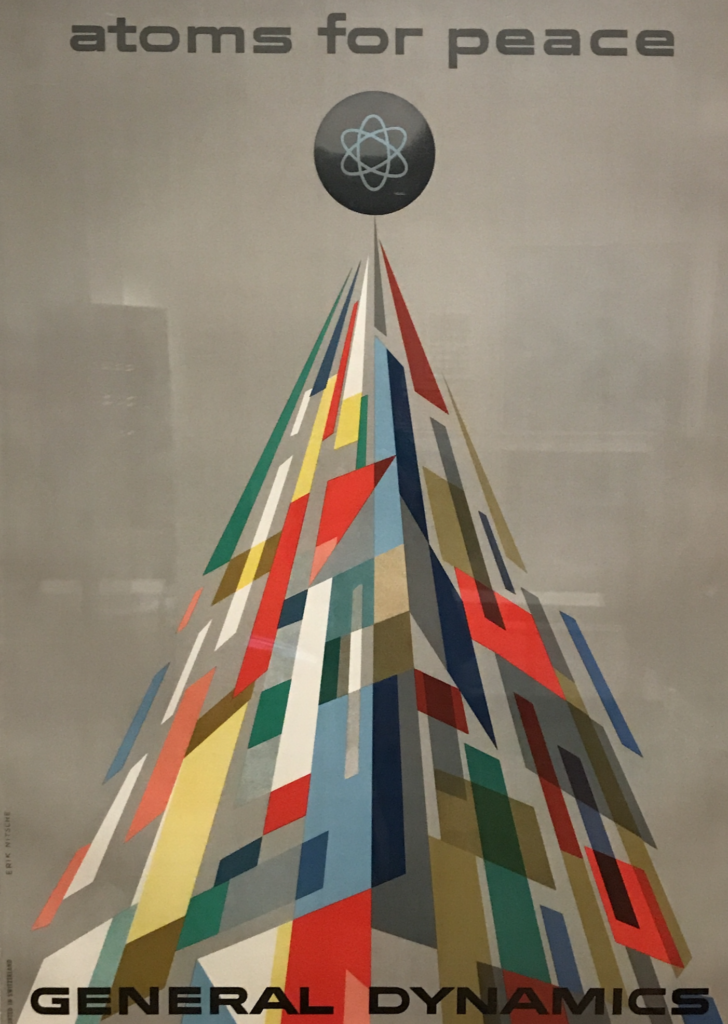
In 1972, at the Tricastin uranium enrichment facility in Pierrelatte, France, a routine check on UF6 extracted from the two billion year-old ore of the Oklo uranium mine in Gabon unveiled a highly irregular anomaly: a deficit in U-235. The universally expected 0.72% U-235 concentration had somehow been reduced down to 0.60%. A detailed investigation, moreover, indicated something creepy and unnerving. The ancient ore had already been through a nuclear reactor.
Had this discovery been announced to the scientific community today, it’s not hard to guess the sort of hypothesis that would have emerged in quick arXiv succession…
Careful analysis, of course, pinned down the natural cause. The phenomenon — the very idea of fossil reactors lying encased in the strata of deepest time — seemed so amazing and so evocative when I ran across it twenty years ago that I scrambled to register the domain, oklo.org.
In the interim, oklo.com has been registered for over a decade to a startup, the Oklo corporation, who are currently having something of a moment. The company is in advanced development stages of small nuclear reactors. The use-case for ~300 MW-range devices of this type is growing increasingly urgent as power devoted to bit operations doubles and doubles in anticipation of AGI’s ever-more-imminent Dec. 21, 2031 arrival.
